We love our children to bits but, let’s face it, moms do have a hard time cleaning up, decorating the home, and keeping things neat—all while looking after active toddlers. We all want a pretty home just like the ones in magazines, but with kids around, that would be close to impossible.
This is how we’ve been conditioned to feel and think. But if you’re willing to do a bit more planning and analyzing, you will realize that there is a workaround. First of all, we must embrace the nature of children. They can be hyperactive and noisy, messy, demanding, and so on. The sooner we accept this and understand that the home should allow them to express themselves and have fun, the better.
Yes, it is more important to design a home that will encourage independence, self-confidence, and self-awareness, than to be overly strict about cleanliness and neatness. We need to find that place in between discipline and freedom so we can stimulate their intellect and develop autonomy, while making sure that the home is clean and presentable, at the very least.
Let us look more deeply into our kids’ natural tendencies and try to examine possible solutions so we can design a home that naturally responds to their tendencies.
Kids can be hyper
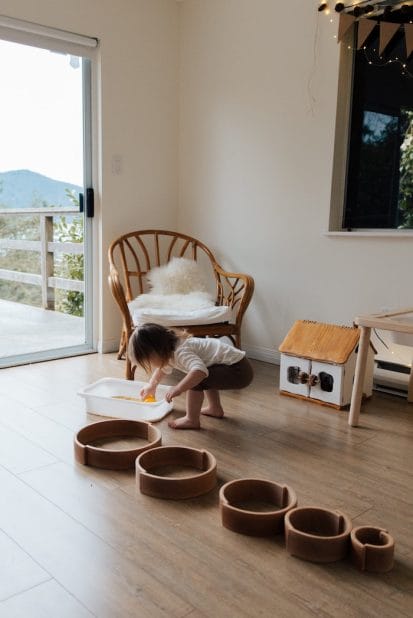
- Buy a sofa with fixed cushions and covers.
- In general, choose fabrics that repel stains, spills, and snags; consider leather, microfiber, tight-weave fabrics, even velvet.
- When buying furniture, go for those with rounded corners.
- Consider your children’s age, energy level, and allergies when designing the home and buying stuff for the home.
- Have an open floor plan—you will need the flexibility. This also means getting furniture that can be easily moved around
- Home furnishings should be functional, durable, easy to clean, and low-maintenance.
- Keep your expensive crystals and figurines on the top shelf or boxed up for now.
Kids can be messy
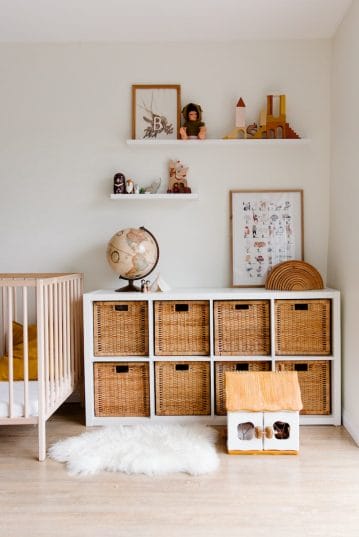
- Go for hardwood floors if you don’t mind getting them scratched or dented. Rubber playmats are also advisable.
- In general, it’s best to get home items/furniture in dark colors (not white) so it’s easy to hide all the little accidents.
- Use semigloss paint for your walls. Dry-erase walls and chalkboards are also great ideas.
- Avoid putting a rug or carpet under your kitchen table or dining table.
- Instead of a broadloom carpet or area rug, consider getting carpet tiles so you can easily remove and clean only the part with stain or spill.
- Have your bathroom walls tiled up so they are easy to clean.
- Install plenty of closed storage for toys and what-not (emphasis on “closed”).
- Purchase decorative bins and baskets to organize clutter.
- Consider setting up your laundry room near the kids’ bedroom so it’s easy to stash dirty clothing away.
- Avoid cluttering high-traffic areas like common rooms and entryways.
- Some parents go for a minimalist home design so there is less to clean and put away.
Kids can be demanding
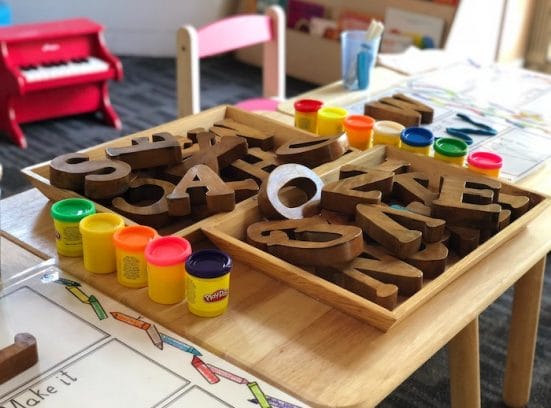
- Consider setting up a durable counter or long table near your work area where the kids can play while staying close to you.
- If you have space, consider adding a playroom, a cozy reading nook, or an art center for the children.
- Keep your children’s books and game boards on low shelves so they are accessible to small hands.
- If you have a gym or playroom, put up a climbing wall, climbing rope, tumbling mat, and the like—to keep them busy and active within a safe space.
Kids can be prone to injuries
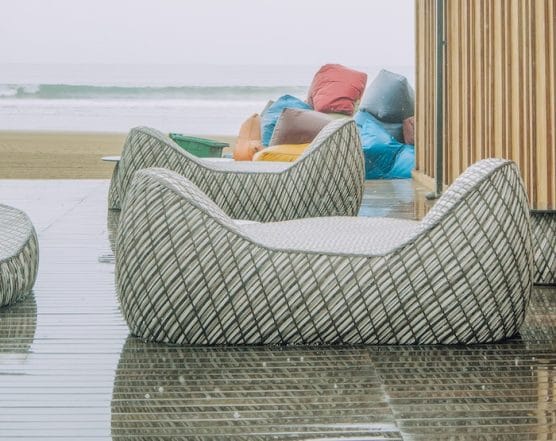
- Remember that safety is always a priority, above and beyond everything else.
- Install baby gates for your stairs.
- Put safety plugs into all electrical sockets.
- Keep toxic substances like cleaning products in storage cabinets with child locks; you should also keep medicines and breakables in similar containers.
- Use non-toxic paints (without VOC)
- Anchor shelves and heavy furniture like cabinets onto walls.
- To avoid falls and injuries, offer low seating options for kids like floor cushions, bean bags, pouf, and so on.
Kids can make you forget about aesthetics
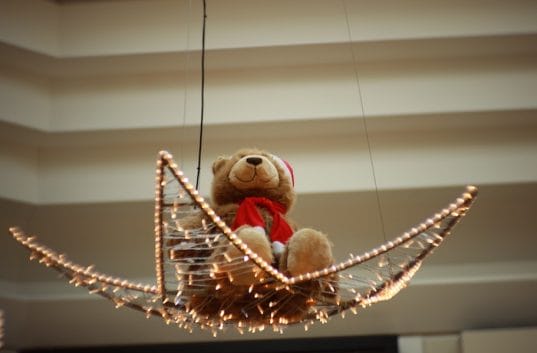
- Bring nature inside by decorating with indoor plants; just make sure they are non-poisonous.
- Decorate with toys! Unique toys and vintage toys are pieces that you can actually showcase.
- Choose a few artworks created by your children and have them framed.
- Be adventurous with design and colors and consider putting up youthful artworks, some items that your kids love, artworks with funky patterns, colorful pop or abstract art, fiber art, etc.
